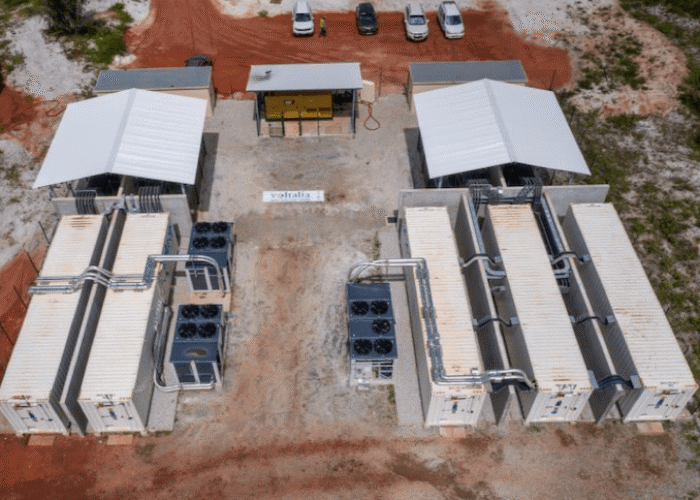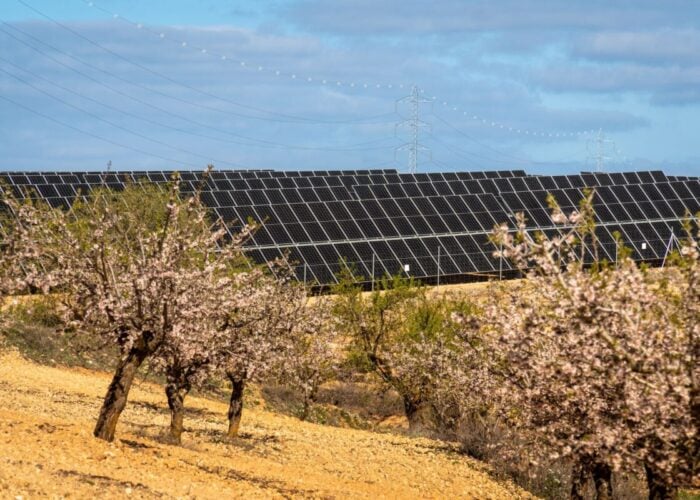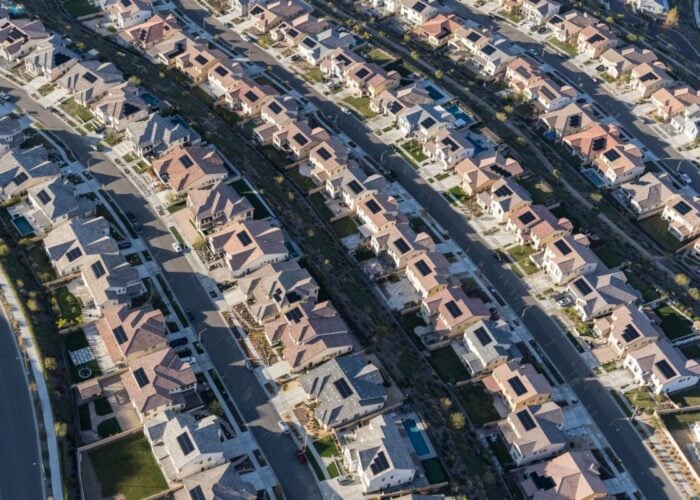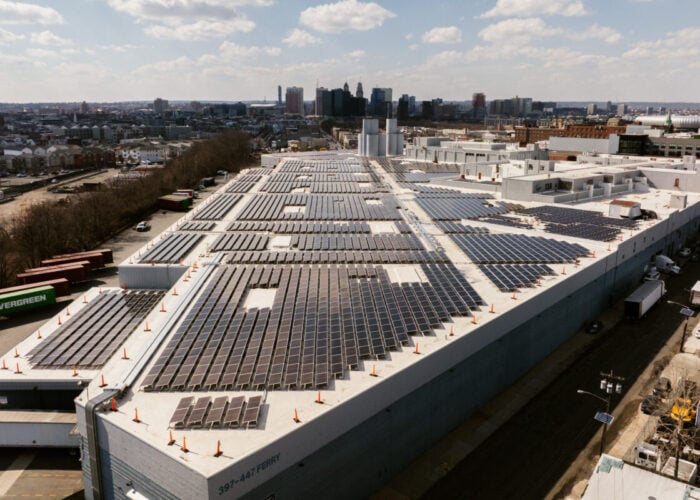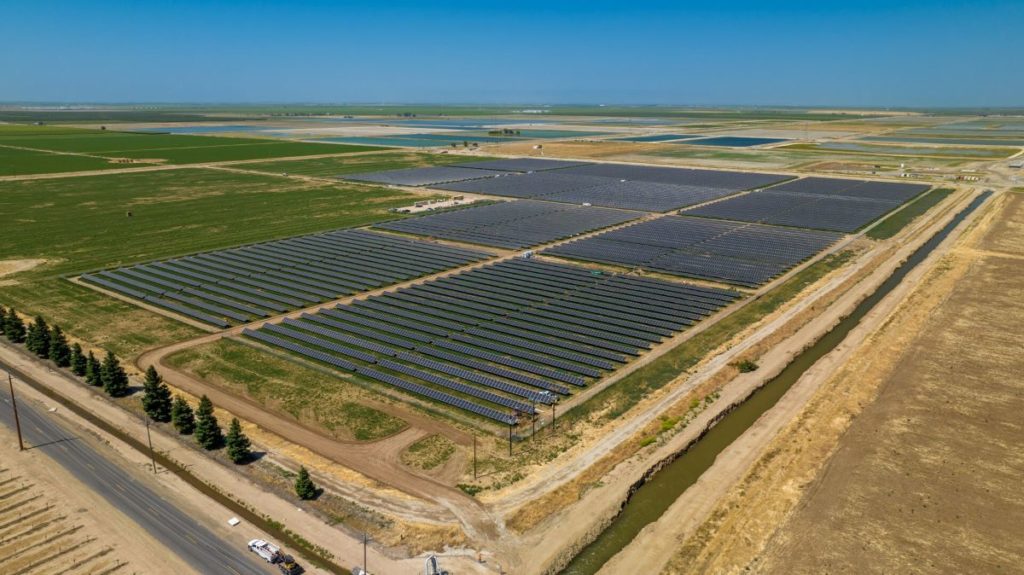
Ohio House has introduced a solar bill that will accelerate the growth of community solar development under a state-wide pilot programme.
Sponsored by representatives James Hoops and Sharon Ray, HB 197 will encourage the development of solar in Ohio as well as establish a pilot programme which intends to add 1.5GW of community solar capacity.
Try Premium for just $1
- Full premium access for the first month at only $1
- Converts to an annual rate after 30 days unless cancelled
- Cancel anytime during the trial period
Premium Benefits
- Expert industry analysis and interviews
- Digital access to PV Tech Power journal
- Exclusive event discounts
Or get the full Premium subscription right away
Or continue reading this article for free
Capacity for community solar projects are upped to 10MW in the new bill, and community solar projects built on a brownfield site will be eligible to receive a grant to help cover part of the cost of the construction of a project.
Furthermore, public utilities commission will have to certify 250MW of community solar capacity per year until 1GW of capacity has been reached.
“Ohio has the potential to lead the region in community solar, but past legislation did not create ample opportunities. This bill, in its establishment of a pilot program, would generate energy across the entire state — bringing residents bill savings and the state billions in economic development and millions in local tax revenue,” said Carlo Cavallaro, Midwest regional director at Coalition for Community Solar (CCSA).
Ohio follows in the footsteps of Minnesota which also recently passed a solar legislation with a US$80 million incentive programme and which included an update on the state’s community solar gardens (CSG) which increased capacity from 1MW to 5MW as well as removed contiguous county restrictions for new projects.
New York, the leading US state in terms of community solar, recently set a new PV generation record with 3.3GW on 18 May at noon, with almost the entire capacity – 3.2GW – coming from behind-the-meter sources such as community and residential solar.
Even though capacity added last year was down compared to 2021 due to interconnection delays, with a little bit more than 1GW community solar capacity commissioned in 2022, the passing of the Inflation Reduction Act is expected to accelerate its growth in the coming years and add at least 6GW of community solar between 2023-2027, more than doubling the current installed capacity in the US.
Earlier this year, PV Tech Premium spoke with community solar developer Lightstar Renewables on the increased growth of community solar in the US, its ongoing challenges and how community solar could be implemented with agrivoltaics.
‘Largest’ community solar project in California starts construction
Meanwhile, on the West Coast the “largest” community solar project for low-income residents – Fresno’s disadvantaged community (DAC) solar farm – has started construction in California.
Once completed, by the end of 2023, the project will have a capacity of 10MW and will provide energy to qualifying low-income residents under the utility PG&E’s Disadvantaged Communities Green Tariff (DAC-GT) Programme and save 20% on their energy bills.
“The Fresno DAC Community Solar Farm is the perfect case study of ensuring equity in the new green economy through public-private partnerships that benefit all Fresno residents. In short, it’s the type of solar development where everyone wins,” said Fresno Council Member Miguel Arias.
Furthermore, project owner, AB CarVal, along with solar developer White Pine Renewables and solar non-profit GRID Alternatives provided a free solar installation training course and jobs fair to local low-income jobseekers, some of whom live in Southwest Fresno.
Community solar is currently in the legislative talks in California with the Net Value Billing Tariff (NVBT) proposal circulating in the California Public Utilities Commission, which could implement a community solar programme in the state.
Among the proposals discussed are increasing the capped capacity of community solar projects to 20MW, with new projects to be co-located with 4-hour battery storage and a 51% of low-to-moderate (LMI) income subscriber base.

